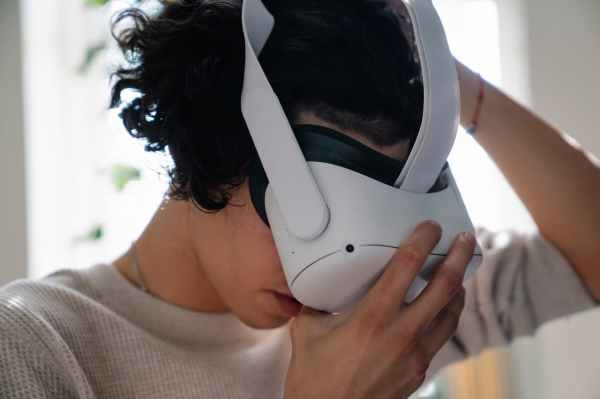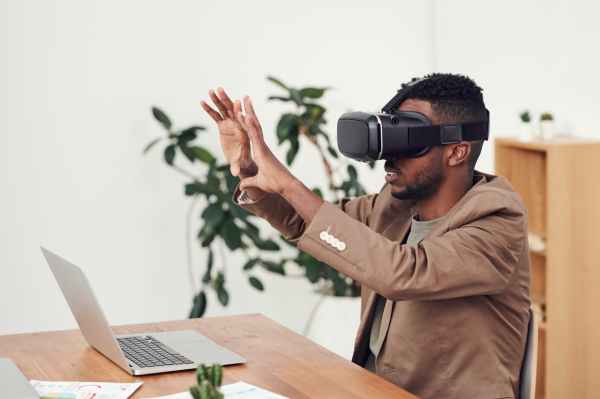Augmented Reality (AR) and Virtual Reality (VR) have been revolutionizing the way we interact with technology for years, offering immersive experiences that transport us to virtual places or even superimpose elements onto our real world. These technologies offer unique opportunities for education, medicine, marketing, and entertainment, among others.
However, enthusiasm for these technologies has always been tempered by debate, as their adoption and application were expected to be faster than what is actually happening. We still face many challenges and barriers to these innovations, such as cost, training, and adoption, and of course, the risks of isolation. But the truth is that, today, they are a technology that is completely integrated into our lives.
What is Augmented Reality?
AR superimposes digital elements such as a 3D image or a video onto our real physical environment. To do this, three essential components are needed: a reference to a real environment, a gadget such as our smartphone or tablet, and software responsible for interpreting the signal transmitted by the camera.
Augmented Reality is characterized by combining the real and virtual worlds, offering real-time interaction that adapts to the environment in which it is inserted. This allows brands to create unique experiences, such as trying out the latest cosmetics from our brand or seeing how a sofa looks in your living room before buying it.
What is Virtual Reality?
While AR superimposes elements, VR creates completely digital environments, allowing the user to immerse themselves in an interactive and sensory experience that replaces reality with 100% virtual content. To enter this universe, we again need a device, which is usually a pair of glasses or a helmet.
This type of technology is mainly used in gaming, where the user is immersed in the video game as if they were another character, but it is also used in medicine to learn how to operate a heart and in education, with guided museum tours.
Differences between AR, VR, and Mixed Reality
You may have noticed that AR and VR are different concepts but are often confused because they work together. We have seen that both require a technological intermediary to access them, but they offer completely different interactions. While Virtual Reality creates a totally new environment separate from the real world, Augmented Reality includes digital components in the physical world around us.
In addition, there is a combination of both realities called Mixed Reality, which offers the best of both worlds. It is a hybrid technology that allows you to see objects in the real world and build an experience in which the physical and digital are virtually indistinguishable. In this case, you decide which application and type of reality you want to use at any given time depending on the content you are viewing or the app you are using.
Benefits of AR and VR in marketing
As we have already seen, in an increasingly saturated market, we need new tools to help us capture our customers’ attention, and both technologies have a lot to offer us.
- From observation to immersion: customers are no longer mere observers but actively participate in campaigns, generating a greater emotional connection and a unique, unforgettable experience.
- Real-time personalization: experiences are fully customized and adapted to each user’s environment, facilitating decision-making and improving customer satisfaction.
- Innovation that makes a difference: they offer a disruptive way to stand out and position yourself in the market as a leading brand at the forefront of technology.
- More confident decisions, with high conversion rates: consumers are more willing to make purchases when they can visualize and experience the product before buying it. This, in turn, reduces the number of returns.
The future of AR and VR in marketing is already here
With such a changing environment, it is difficult to talk about the future, but we can confirm that Augmented Reality and Virtual Reality are here to stay and will continue to grow with more advanced applications and more immersive experiences, to the point where it will be difficult to differentiate between the real and virtual worlds, or even where there will be no barriers between the two.
However, true success will come when social adoption is widespread and unquestionable. In the meantime, brands that opt for this type of strategy will be offering hyper-personalized experiences in real time, capable of effectively capturing and retaining the user’s attention.
Integrating AR and VR is no longer an option, but a necessity to innovate, differentiate, and create unforgettable and memorable experiences.








